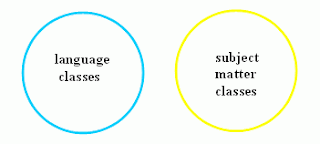TITLE Developing Creative English Writing skills of Grade 9 Students Through the use of Pictures
AUTHORS Tongchan Pratum Pratoomsri Boriboon
Phattarawadee Suwannadee Phatsuda Kaewlun
Sakkarin Sawangsuntari Saowaluck Bandasak
ADVISOR Assoc. Prof. Dr. Thoopthong Kwangsawad
UNIVERSITY Mahasarakham University DATE 2011
ABSTRACT
This study aimed to (1) design creative English writing activities by using pictures with a required efficiency of 75/75 (2) examine the effectiveness indexes of using pictures to develop creative English writing skills (3) compare the results of creative English writing skills before and after using pictures. The samples were 42 grade 9 students selected by cluster random sampling. The instruments used in the experiment were 3 lesson plans to improve creative English writing skills by using pictures, a pre-test and a post-test. The data were statistically analyzed by mean, percentage, standard deviation and t-test. The results of the study were: (1) creative English writing skills which were designed by using pictures reached an efficiency of 63.44/57.06. This was lower than the criterion (75/75). (2) The index of the effectiveness of the activities of creative English writing was 0.42. This indicated that the students were able to improve their learning after they reached an effectiveness level of 42%. (3) The post-test scores of the students were significantly higher than pre-test scores of the students at the .05 level.
It shows that using pictures to improve creative English writing skills has achieved the goals. Pictures have become a powerful instructional tool for both students and educators to develop creative English writing, to inspire the learners to dare to write in English, to make them write better, and to think positively about English writing.
Research Unit Myself Topic Personal Experience.doc
Research Unit Travel Topic Place.doc







